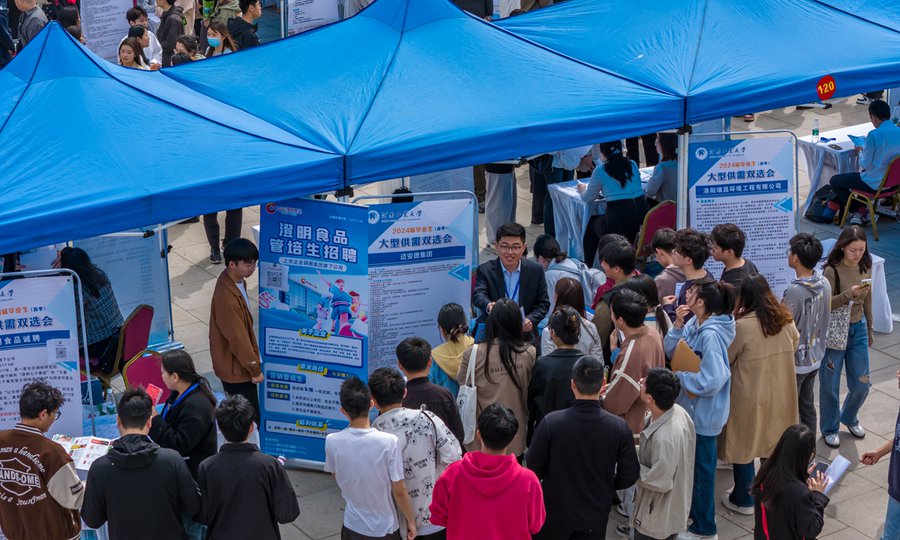International
China’s youth unemployment rate falls in April, showing improvement in job market

International
Chinese Government Offers Scholarships For 2025
International
People Of African Descent Take Centre Stage At UN
International
PRESIDENT XI JINPING CALLS FOR AN OPEN WORLD ECONOMY
-

 Features4 weeks ago
Features4 weeks agoKENSINGTON GUARD STRIPES: DR. THORPE’S REVOLUTIONARY NEW CRICKET INNOVATION
-

 Sports4 weeks ago
Sports4 weeks agoBlack Knight Bikers Celebrate 10 Years of Brotherhood, Adventure, and Community Service
-

 Caribbean region3 weeks ago
Caribbean region3 weeks agoCaribbean Development Bank Appoints Daniel Best as New President
-

 Local3 weeks ago
Local3 weeks agoYearwood wins first 5k Run/Walk
-

 International4 weeks ago
International4 weeks agoABUJA INT’L CARNIVAL 2024
-

 Agriculture4 weeks ago
Agriculture4 weeks agoCHICKEN CRISIS: Exploring Supply Chain Disruptions in Barbados’ Egg and Poultry Industry and their Wider Impacts
-

 Sports4 weeks ago
Sports4 weeks agoNO PLAY AND NO CHAMPION
-

 Local3 weeks ago
Local3 weeks agoBarbados 4-H Foundation Launches its 4-H Fourward Curriculum



















